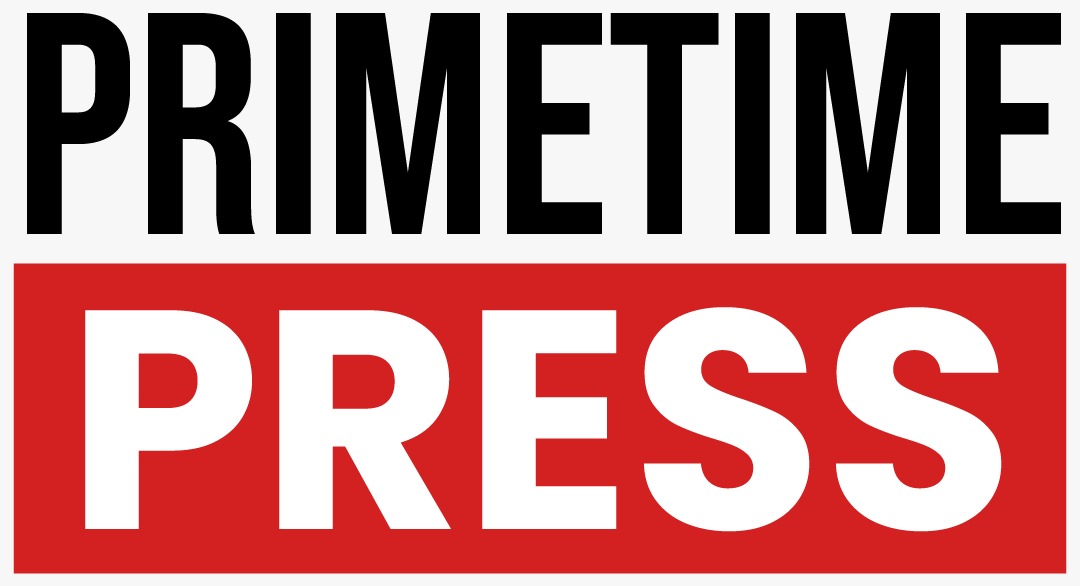Germany’s Economic Landscape: Inflation, Growth, and Reforms
In April, Germany’s consumer inflation rate registered at 2.2% year-over-year, slightly down from March’s 2.3% but surpassing economists’ expectations of 2.1%, according to preliminary data released on Wednesday.
Inflation Overview
The harmonized consumer price index reveals that while overall inflation eased somewhat, core inflation—which excludes volatile food and energy prices—increased to 2.9%, up from 2.6% in March. In addition, service sector inflation rose to 3.9%, reflecting persistent upward pressure.
Significantly, energy prices saw a notable decline of 5.4%, contributing to the overall moderation in consumer price growth. However, as economist Sebastian Becker from Deutsche Bank pointed out, the reduction in the headline inflation figure is primarily attributed to dropping food and energy costs, which masks underlying pressures in core sectors.
Economic Growth Insights
Recent reports indicated a modest GDP growth of 0.2% for Germany in the first quarter, aligning with forecasts from financial analysts. This increase follows a contraction of 0.2% in the prior quarter. Analysts attribute this growth to higher household consumption and capital expenditure.
Despite this positive shift, concerns persist. Carsten Brzeski, the global head of macro at ING, expressed that while this quarterly growth is encouraging, it remains insufficient to break the prolonged stagnation affecting the economy. Throughout 2023 and 2024, Germany’s GDP has fluctuated between growth and contraction without encountering a technical recession, defined as two successive quarters of economic decline.
Key sectors, notably the automotive industry, face stiff competition from international markets, particularly China, alongside challenges in construction and infrastructure linked to increased expenses and bureaucratic impediments. Additionally, uncertainty due to U.S. tariffs poses further risks to Germany’s export-driven economy.
Fiscal Changes on the Horizon
In a significant policy shift, Germany has amended its longstanding debt brake fiscal rule to allow for increased defense spending and the establishment of a substantial €500 billion fund aimed at bolstering infrastructure and climate initiatives.
This change is viewed as a potentially transformative move for the German economy, provided the implementation is effective. Brzeski noted that the current GDP figures might reflect a rebound in economic activity potentially stifled by external factors, such as U.S. trade policies, stating that while recovery is plausible, it will likely be gradual.
In summary, Germany’s economic indicators reveal a landscape marked by inflationary pressures, modest growth, and transformative fiscal reforms that, if effectively realized, could provide a substantial boost to the country’s prospects in the future.

